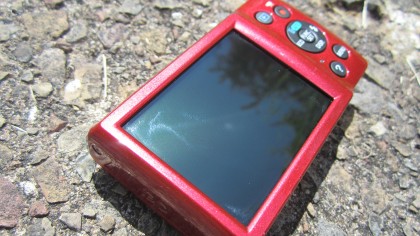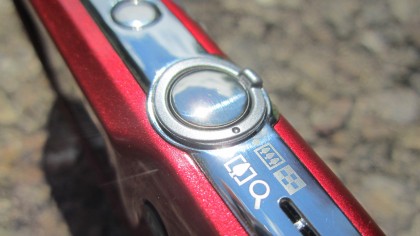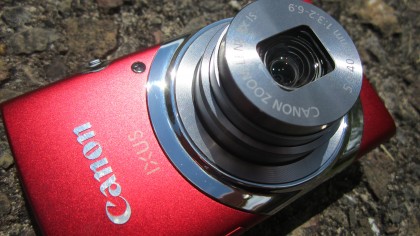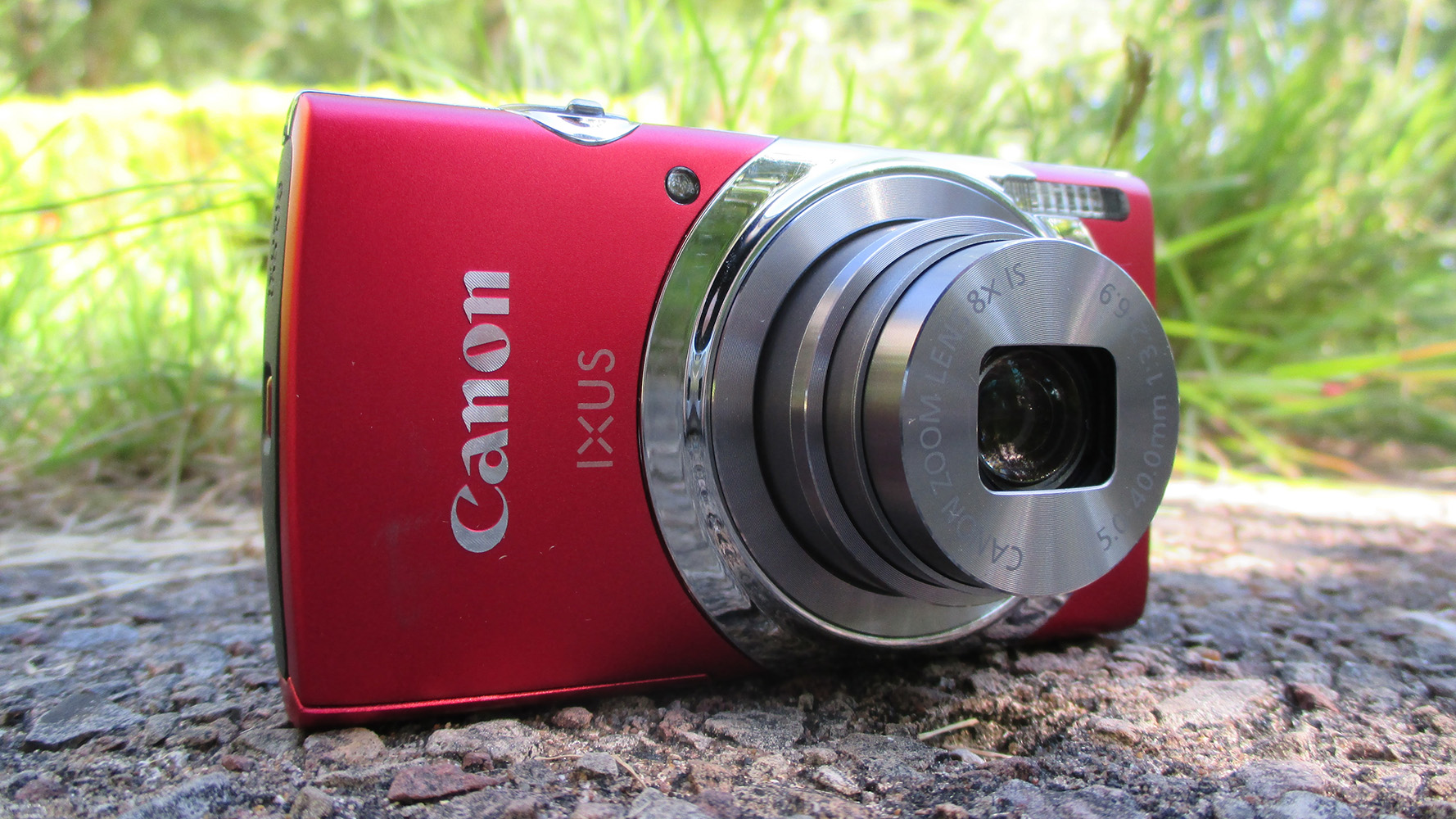TechRadar Verdict
Aimed at beginner photographers, the IXUS 150 is affordable and performs well, with a great zoom reach and features to encourage experimentation.
Pros
- +
Slim and pocketable
- +
Good zoom performance
- +
Produces great images
- +
Easy to use
Cons
- -
Bevelled screen edge collects dust and dirt
- -
Basic art filters
- -
No Wi-Fi or social media integration
Why you can trust TechRadar
Available in silver or red, with 8x optical zoom (plus up to 32x digital zoom), a 16 million pixel sensor and Canon's Digic 4+ processor, the Canon IXUS 150 is a pretty well equipped compact camera.
The Canon IXUS 150 was added as part of a trio of new IXUS cameras announced early in 2014, sitting between the higher spec Canon IXUS 155 and cheaper Canon IXUS 145.
Canon has chosen to only include a basic set of functions for the novice user, although the IXUS 150 has a few art filters too (Monochrome, Toy Camera and Miniature, for example) for users who are interested in experimenting. There are also a couple of manually adjustable options (such as exposure compensation and white balance), which can be changed when shooting in Program mode.
You can shoot HD video with the Canon IXUS 150, and it comes with Eco mode to help reduce battery consumption, by turning off the screen when it's not in use to save power.

As with most compacts in this price range, the IXUS 150 is aimed especially at the novice market. It has a few nice features for unfamiliar users - such as Live Mode (which enables users to see the effect of settings changes in real time), and the on-device help button, which explains settings and functions. Combined, these help to guide people from shooting in full Auto mode to being confident with changing settings.
Intelligent Image Stabilisation is available on the IXUS 150 to help users get sharper images when shooting in low light. It also comes equipped with some scene modes, including portrait, snow and fireworks, plus a Long Shutter setting (allowing people to open the shutter for as long as 15 seconds) to better capture detail in darker situations.

The Canon IXUS 150 is competing with cameras like the Panasonic Lumix DMC-SZ8 and the Nikon Coolpix S3600 - both of which cost a little more but do have extra features to compensate.
Amateur and casual digital camera users should feel at home with the IXUS 150 and its easy to use system, while slightly more advanced users should enjoy the control they can take over their shots with the manual settings.
Build quality and handling
Canon has opted not to include a touchscreen with this model, but the IXUS 150 still comes with a 2.7-inch LCD screen that's large and clear. It's also loaded with Canon's easy to use menu system, which should be a doddle for new and returning users alike. While the bevelled edge on the screen does feel a bit dated, the exterior of the camera itself looks polished and stylish, with some nice chrome detailing picked out on the lens and top edge.
As with a lot of the IXUS range, the Canon 150 doesn't have an obvious handgrip, but it's still pretty easy to hold despite this and it's lightweight and slim even with the battery inserted. It's got solid and stable housing, with a nice spring on the battery door.

With a nice set of large buttons that are all accessible even when holding the camera one-handed, it's easy to change settings on the IXUS 150. Most are accessed via the FUNC/SET button in the middle, with options like mode select, Eco Mode, Flash and Display on the four-way control pad surrounding it.
Power, shutter and zoom controls are found on the top of the 150, while the flash is kept out of the way of any fingers that might accidentally end up in front of it.

Previous IXUS users might notice that settings like timer, exposure compensation and macro are now found under the on-screen menu instead of the control pad. This makes them a bit more time consuming to access, as you've got to go through a couple of menus before you get to them.
You'll find a help button on the back of the Canon IXUS 150 - it offers clear and concise tips and information about the screen you're on.
